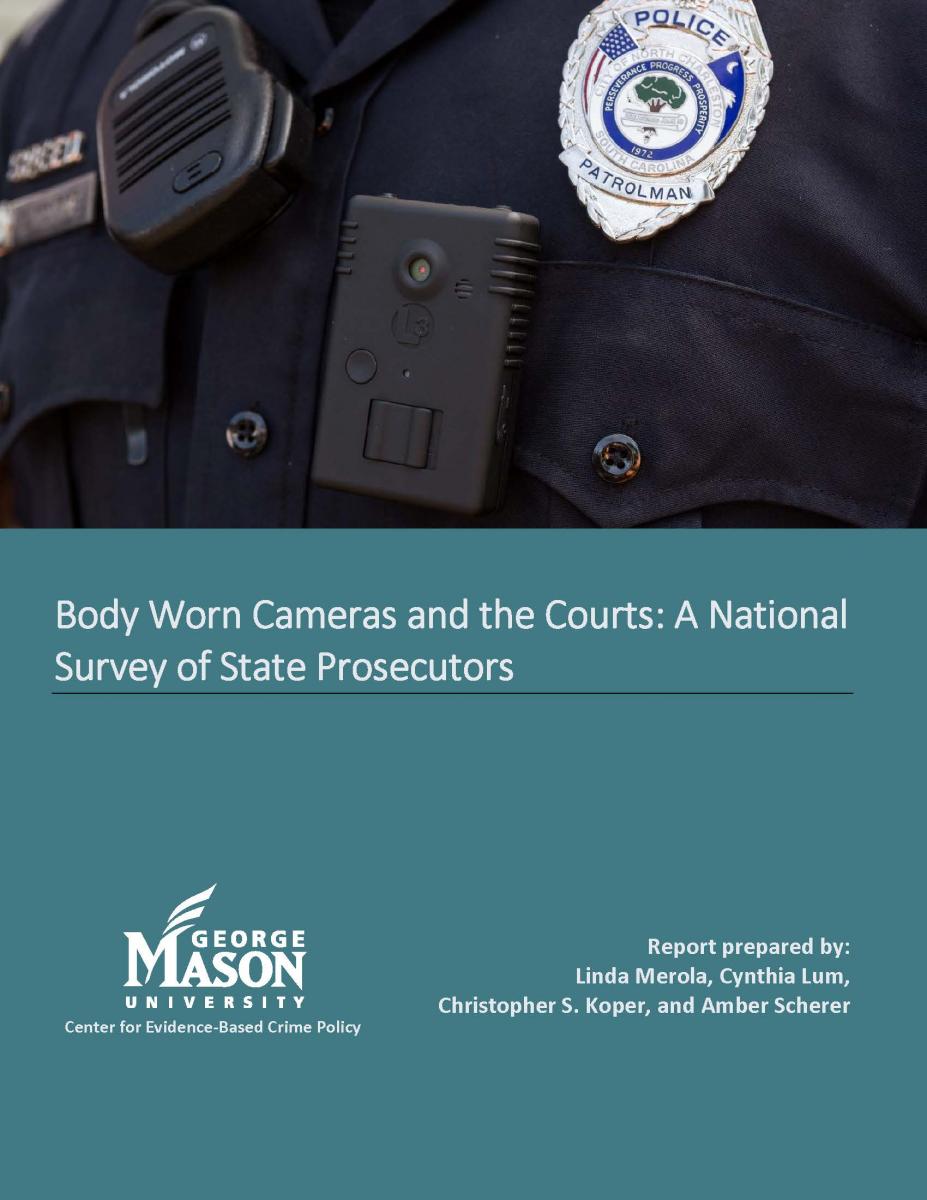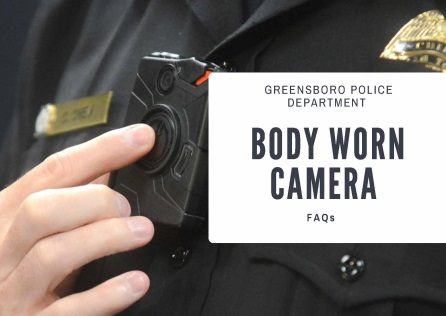Body-Worn Camera Research
This brief describes the results of the Urban Institute’s evaluation of the Milwaukee Police Department’s body-worn camera program. From October 2015 to December 2016, the Milwaukee Police Department (MPD) deployed body-worn cameras (BWCs) in a phased rollout to all of its roughly 1,100 patrol officers. Through a randomized controlled trial of 504 officers, the Urban Institute found that those who wore BWCs conducted fewer subject stops and were less likely to receive a complaint than officers that did not receive cameras.


 Agencies seeking to implement BWCs should hold multiple meetings with the community to leverage partners such as the NAACP, ACLU, and victims’ advocates. BWC PIP agencies note the importance of seeking input from the community in the policy development phase and being transparent about each phase of the deployment process. Some agencies have tried various methods (e.g., postcards, online surveys, town hall meetings) to inform, engage, and gather input from their communities.
Agencies seeking to implement BWCs should hold multiple meetings with the community to leverage partners such as the NAACP, ACLU, and victims’ advocates. BWC PIP agencies note the importance of seeking input from the community in the policy development phase and being transparent about each phase of the deployment process. Some agencies have tried various methods (e.g., postcards, online surveys, town hall meetings) to inform, engage, and gather input from their communities.